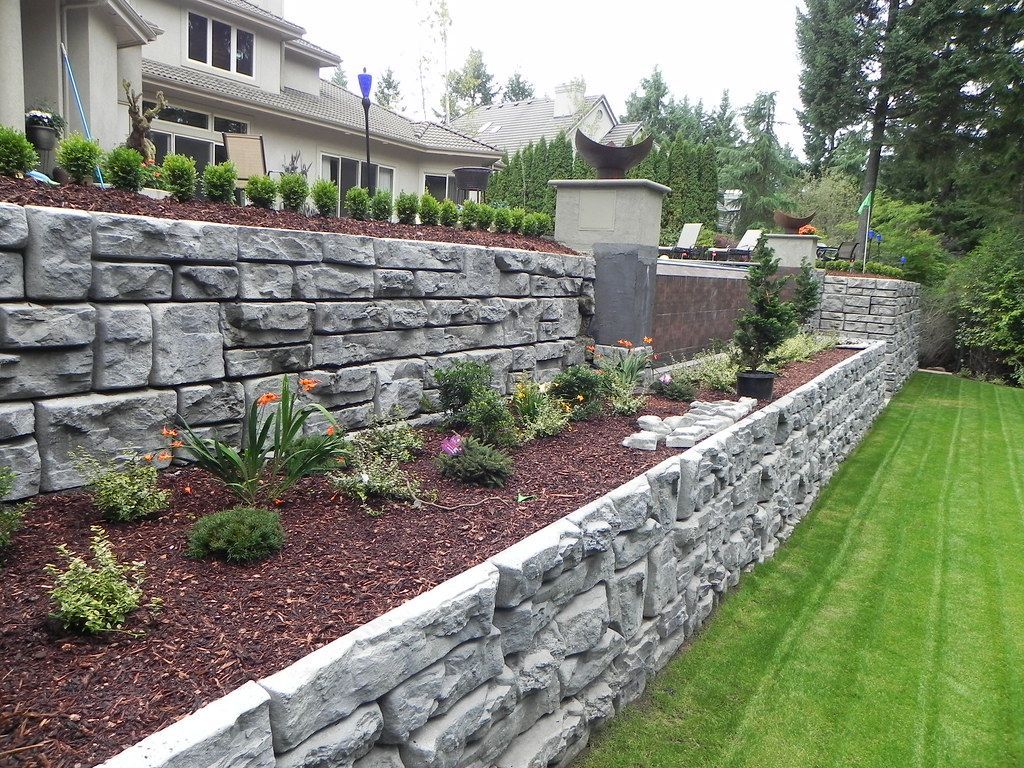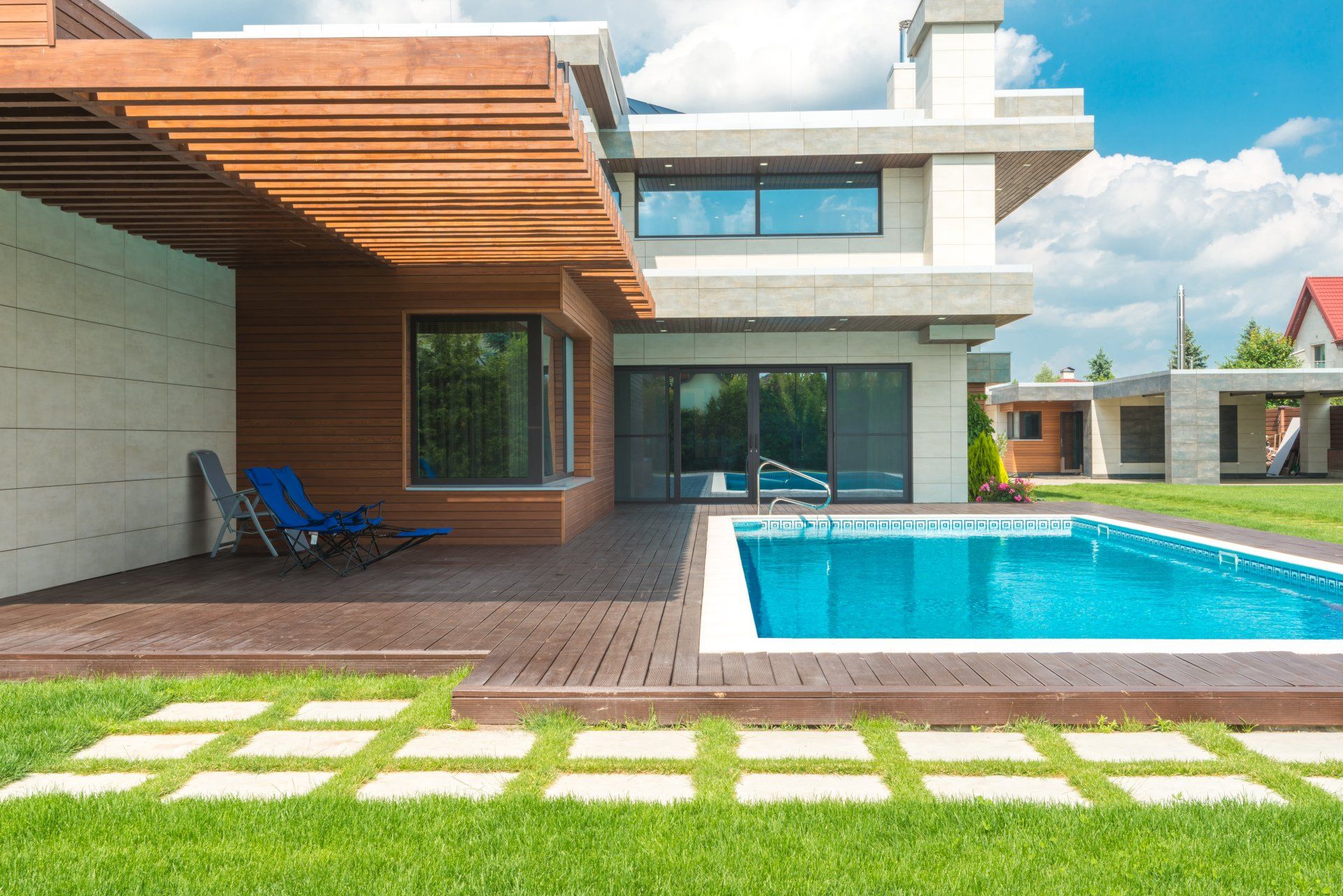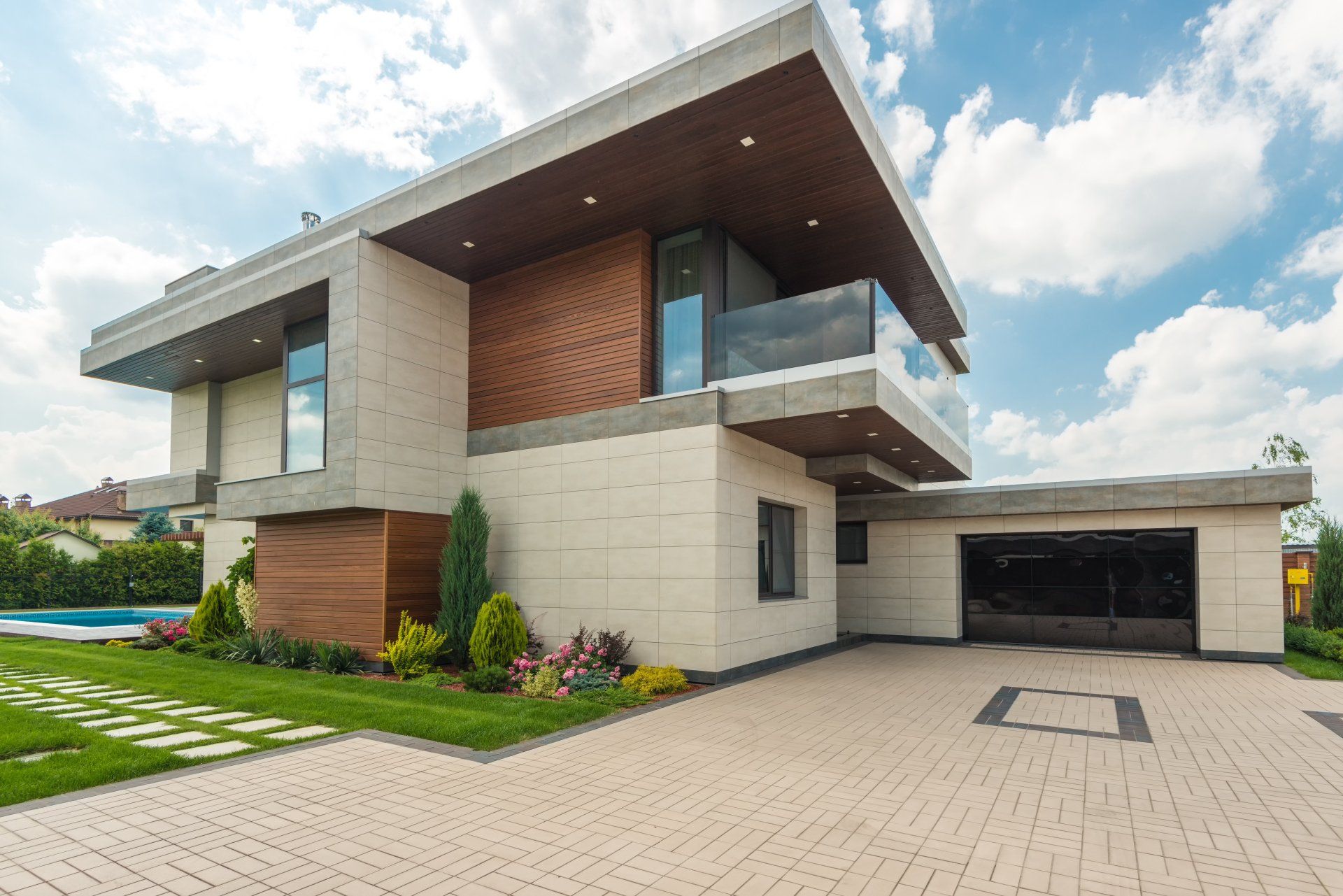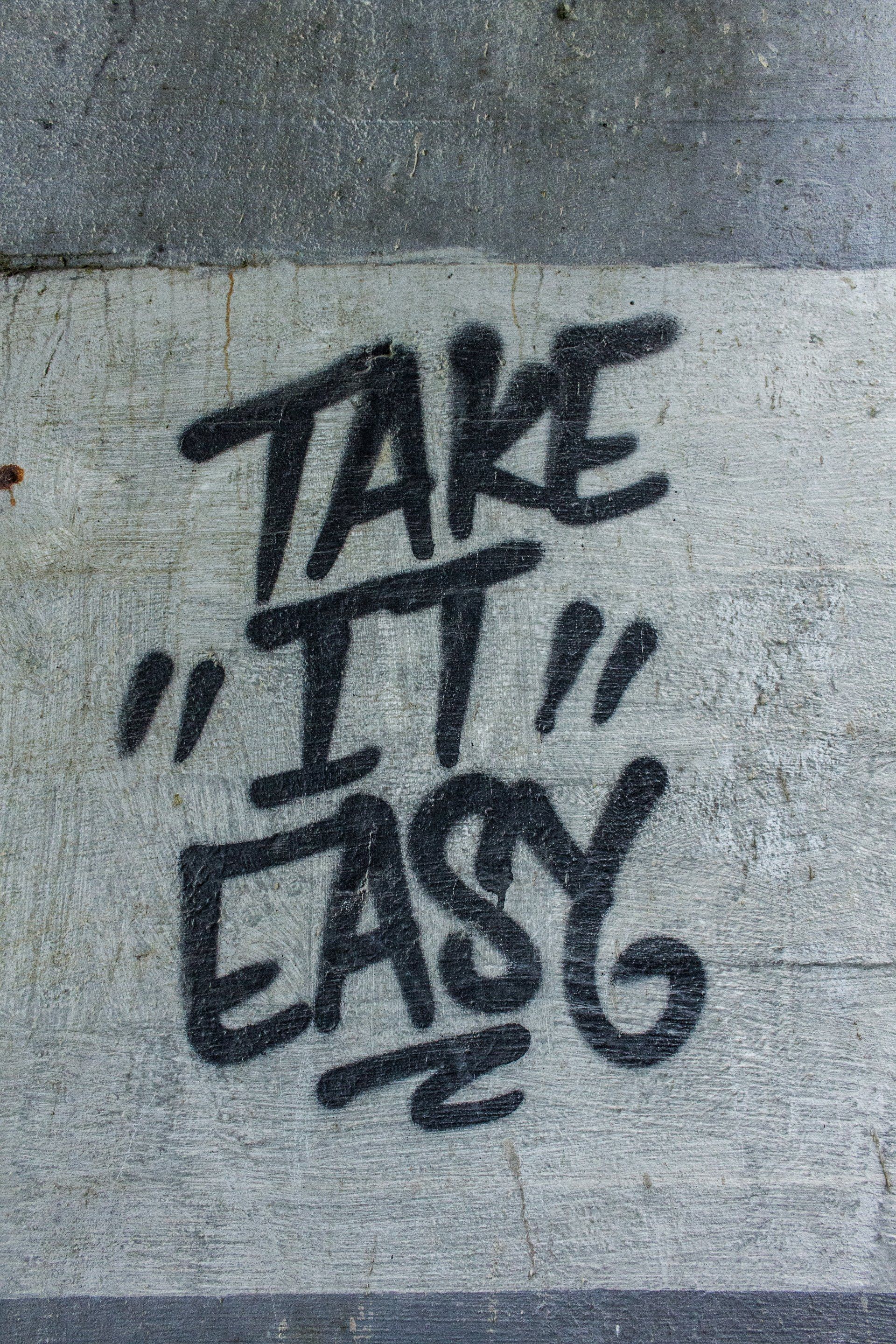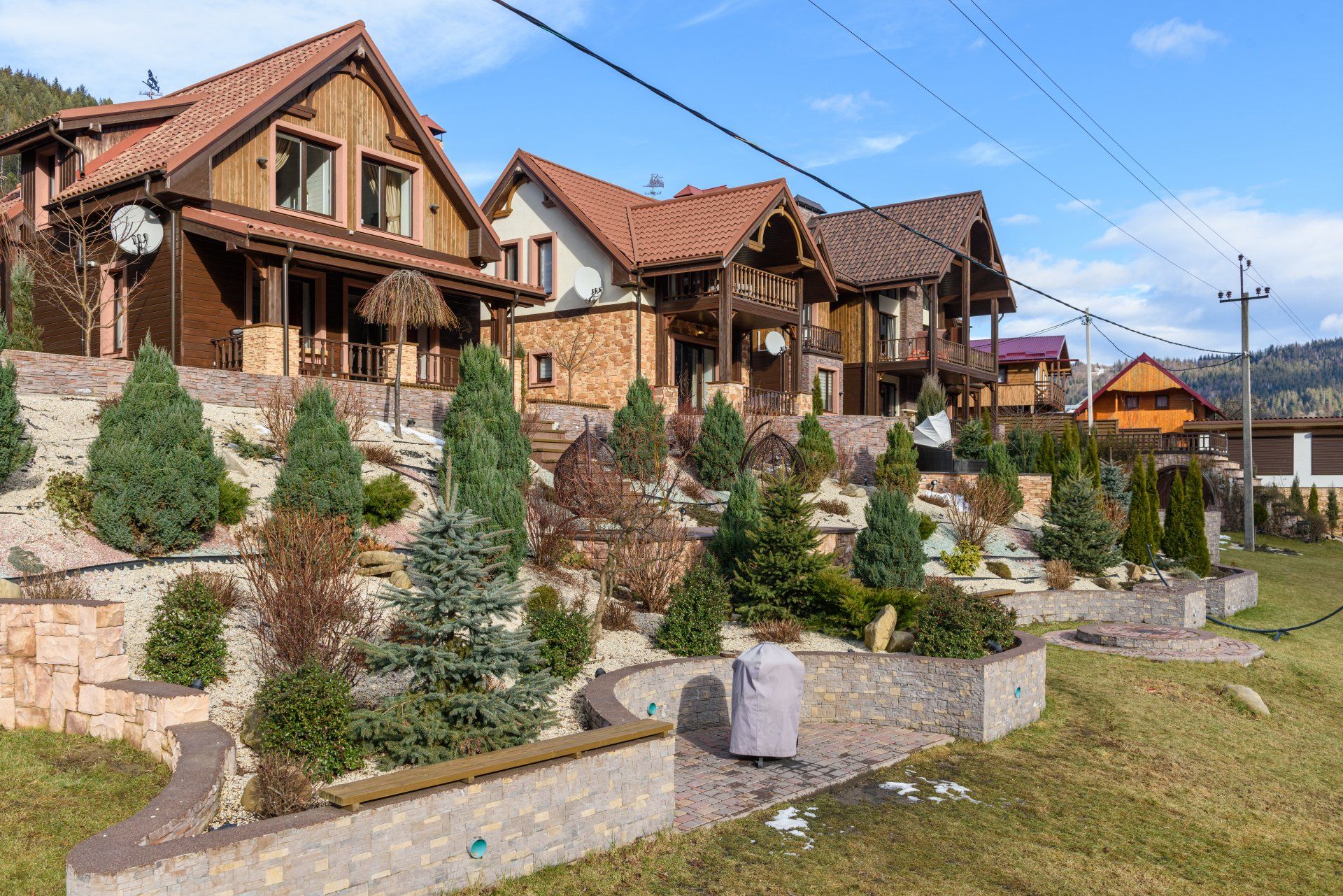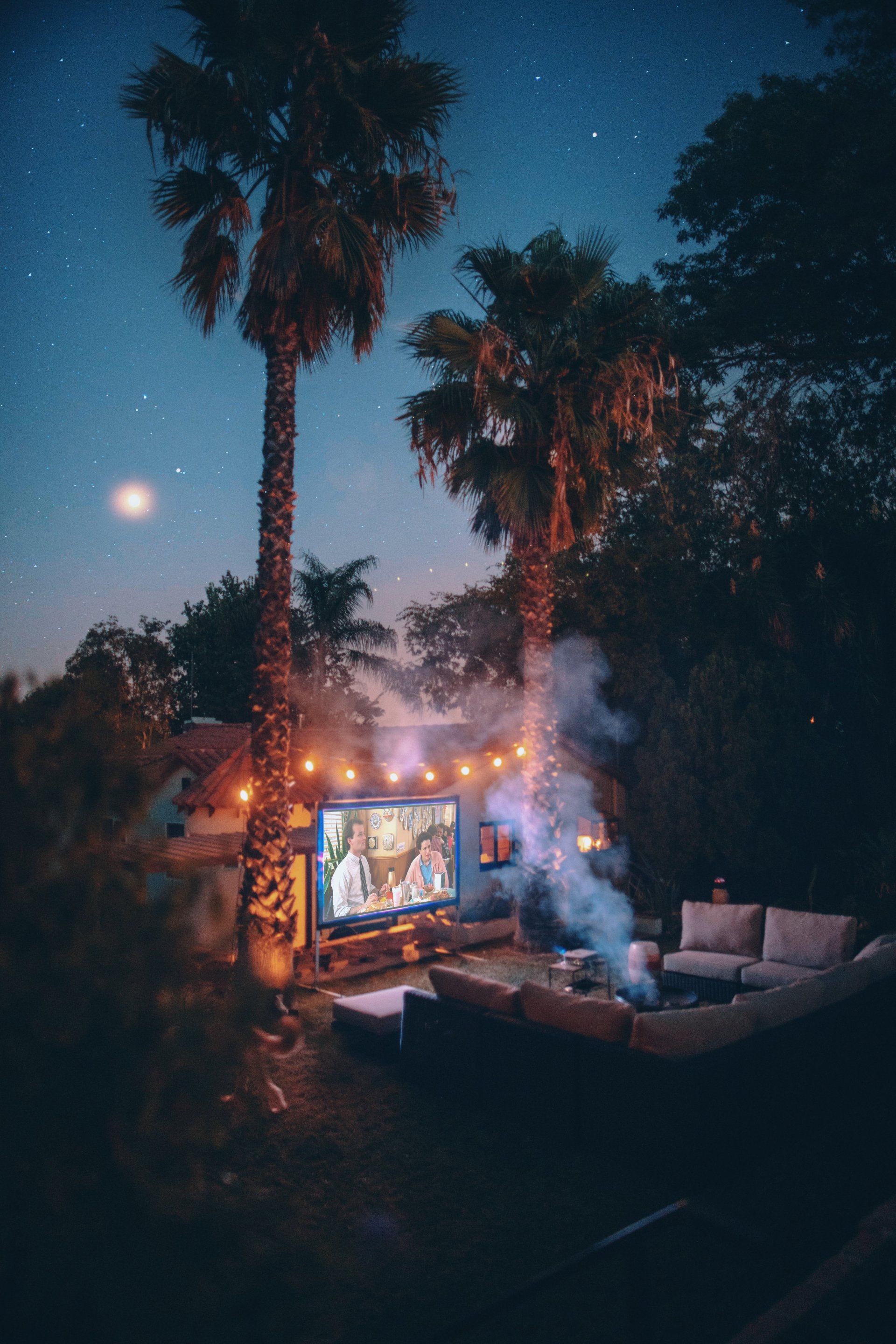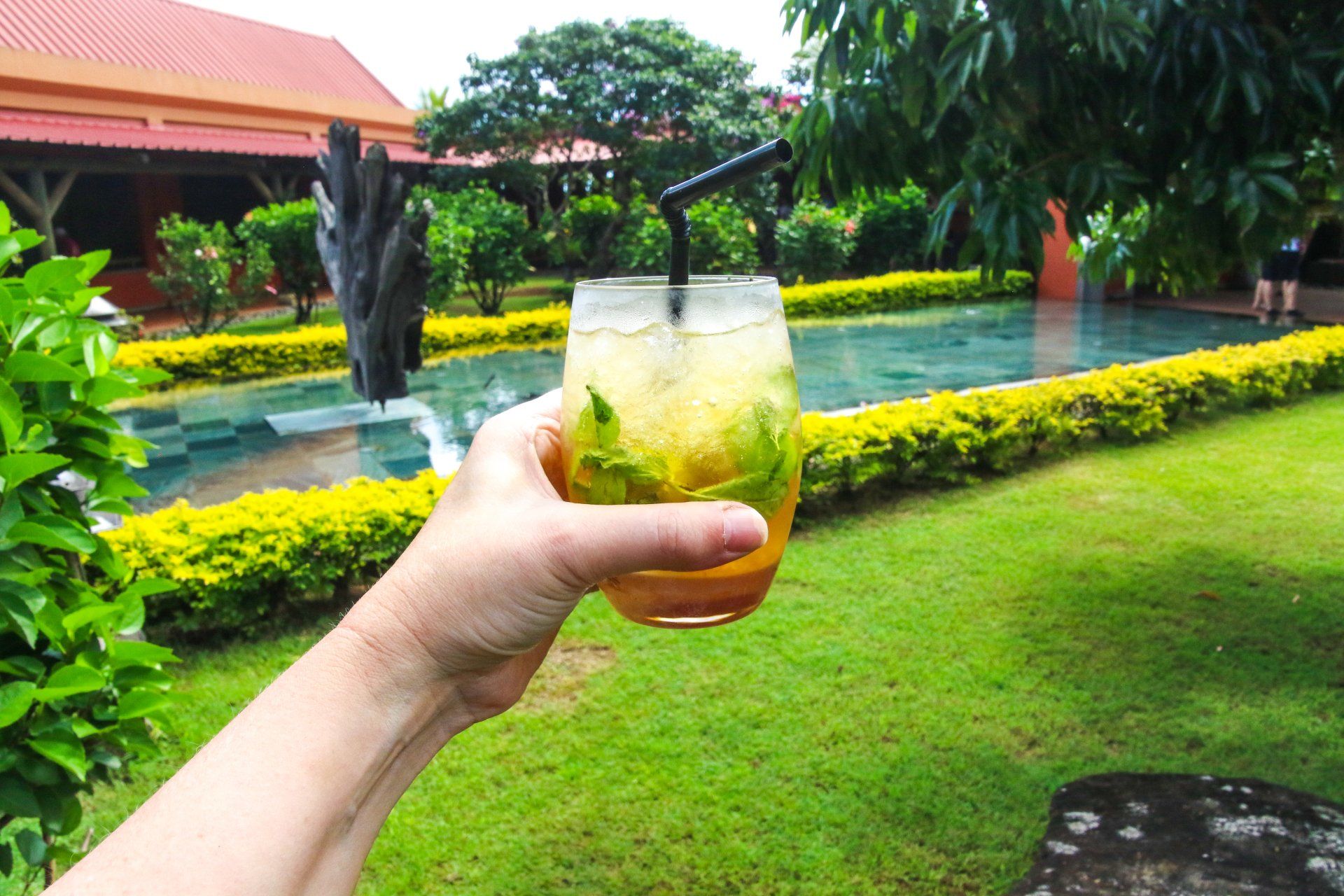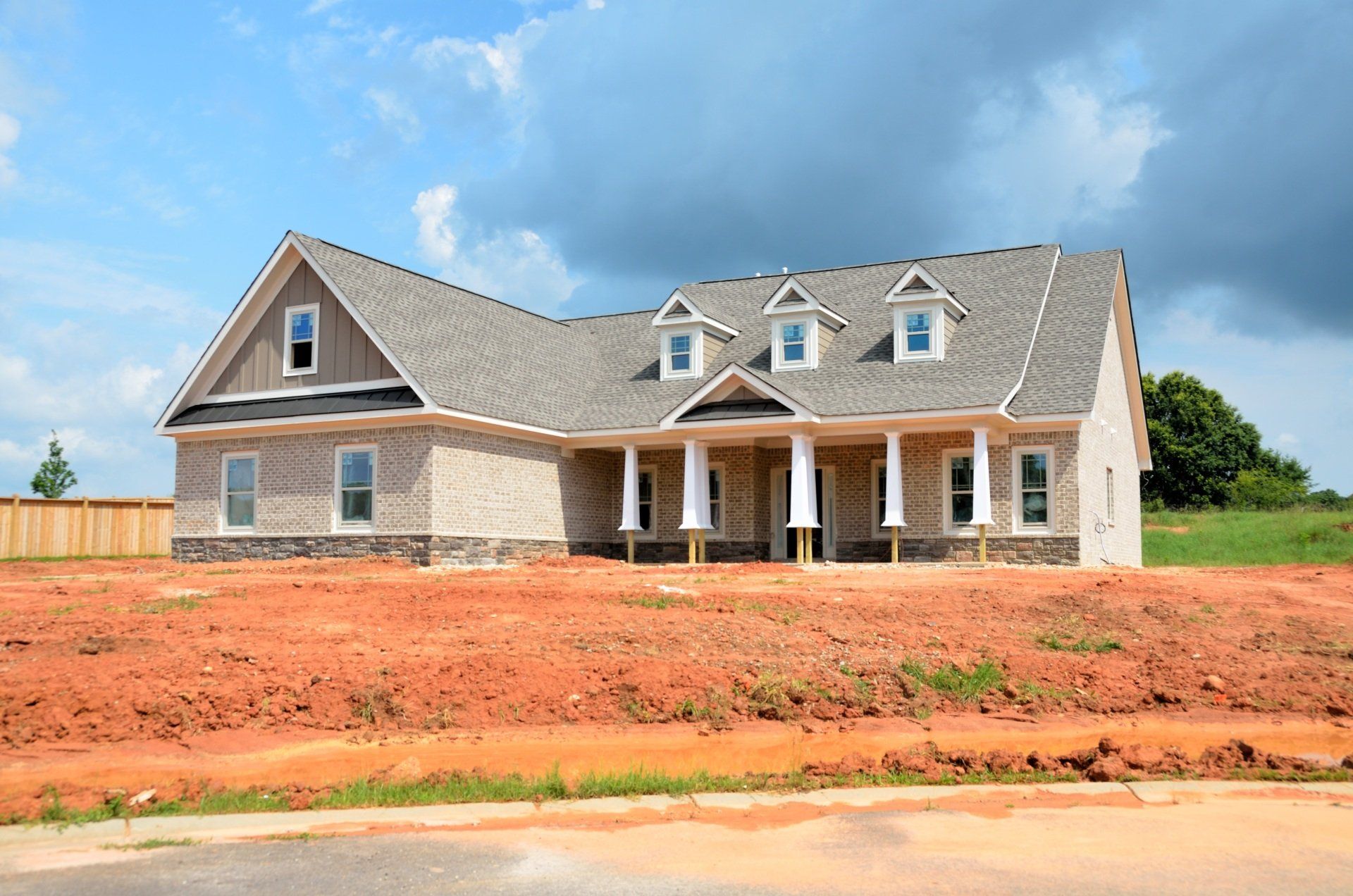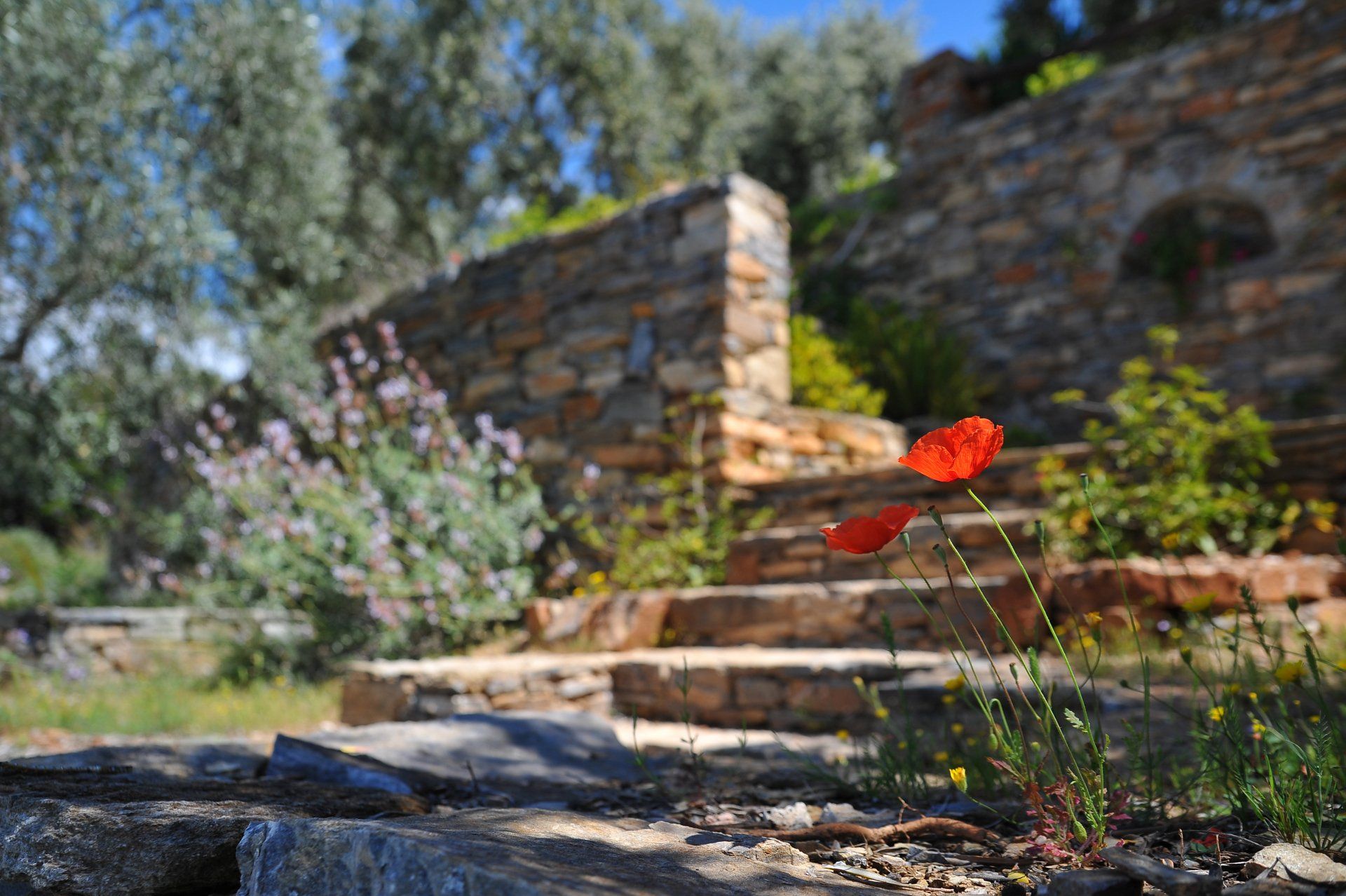12 Clever Tricks to Make Your Small Yard Look Like a Secret Garden
Your Small Secret Garden in Savannah
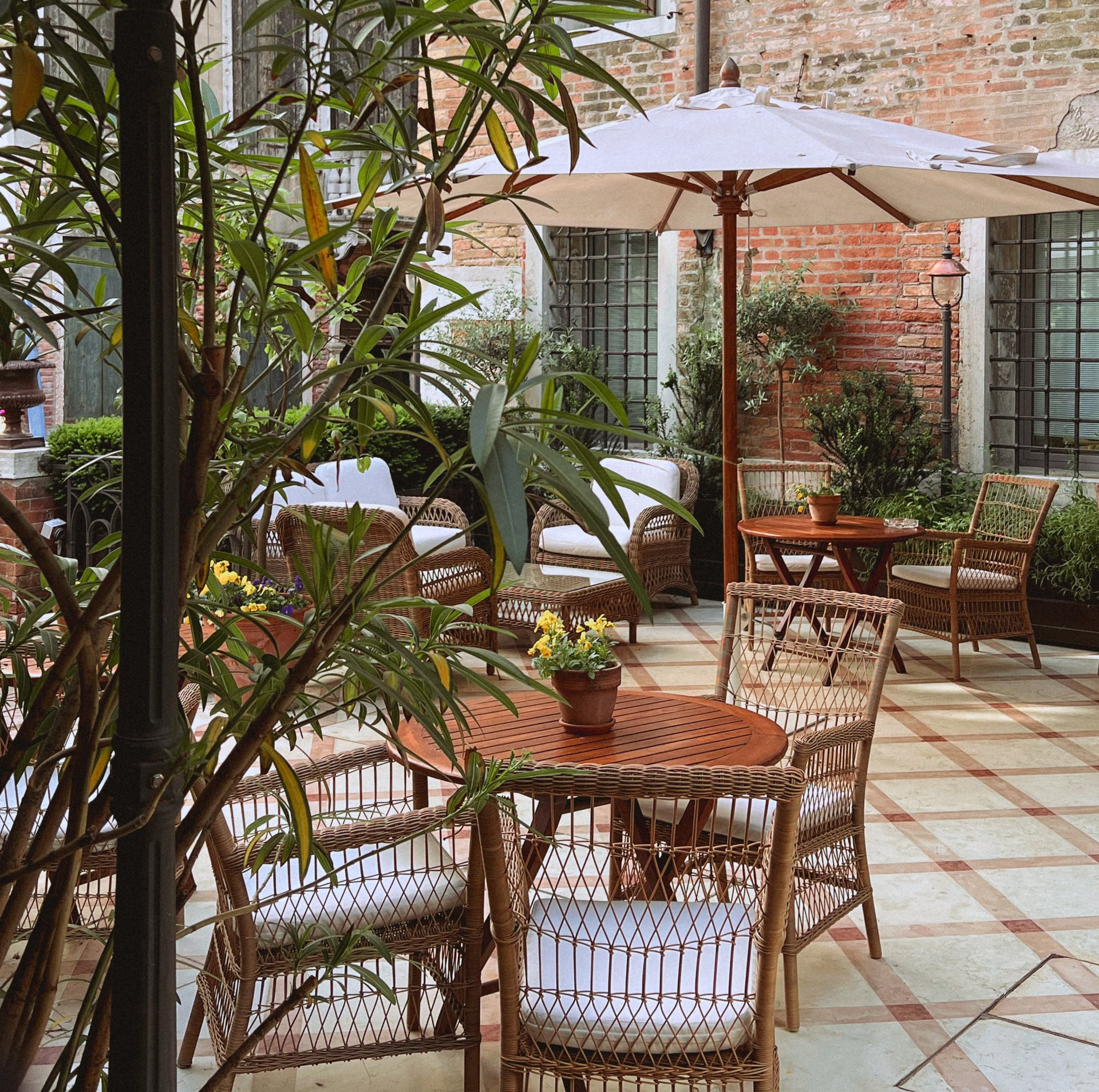
If you're fortunate enough to have a yard, no matter how small it may be, it can provide an amazing place to escape and enjoy the beauty of nature. Although small yards may feel as if there is not enough room for creating a peaceful outdoor area, with some imagination and knowledge of design techniques, it can become a lovely outdoor sanctuary that feels much bigger than it actually is. This article provides twelve landscape design tips for small yards which will help in transforming these spaces into stunning retreats. With the proper techniques, anyone will be able to have an inviting outdoor space even when working with limited area. From using clever pathways to incorporating natural elements such as plants and trees, there are numerous ways to make the most out of a smaller yard while producing beautiful results. Through thoughtful implementation of strategies such as taking advantage of height differences or utilizing different materials and textures, individuals can create unique gardens that offer both function and aesthetics. Furthermore, by carefully selecting furnishings appropriate for the size of the space, one can create cozy areas for sitting or dining without overwhelming the area. With just a little bit of creativity and effort spent into designing one's personal secret garden, anyone can have an inviting outdoor oasis no matter what size their yard happens to be.
1. Use vertical elements
Vertical elements, such as trellises and pergolas, can give the illusion of a larger yard and make the most of limited space. These structures can be used for more than just their visual impact - vines and other climbing plants can be trained to grow up them, providing natural shade in sunny areas or helping to create an enclosed area. Adding a vertical garden to a wall or fence can also bring a touch of green life to an outdoor space. Not only do they look beautiful and lend an organic air to any area they’re placed in, but they are also incredibly practical. The plants help to cool down the area in summer months by blocking out direct sunlight, while still allowing some light through their foliage; and in winter months they provide insulation against the cold air. With careful planning, you could choose plants that will bloom in different seasons throughout the year, ensuring your garden stays looking its best all year round.
2. Incorporate multi-functional elements
When designing a small yard, it is essential to maximize the available space and create an attractive and inviting atmosphere. To achieve this, multi-functional elements should be incorporated into the design. A bench with storage under the seat offers seating for relaxing outdoors and additional storage space for items such as outdoor cushions, pillows, and blankets. Additionally, a fire pit with seating allows for gathering around a warm flame while also providing extra seating options when needed.
For further convenience and multipurpose functionality, consider adding edible plants such as herbs or vegetables to your landscape. This way you can enjoy fresh-picked herbs and vegetables while having a beautiful garden to admire. Similarly, incorporating drought-tolerant plants is another great way to save water while still enjoying a vibrant outdoor area. Lastly, combining vertical gardens with potted plants can help you make use of all the available wall space and bring more color to your small yard.
Overall, creating an inviting outdoor atmosphere in a small yard requires careful planning and creative ideas in order to make the most of every inch of space. By choosing multi-functional elements that serve multiple purposes and by adding edible plants or drought-tolerant plants you can have an aesthetically pleasing outdoor area without sacrificing functionality or convenience.
3. Create defined areas
Hardscaping is a great way to create unique and visually interesting areas within a small yard. Pathways and retaining walls can be used to separate distinct zones from one another, providing structure and definition to the space. For example, a stone path can serve as a designated walkway, while wood mulch or other materials may be used for a designated seating area. To add more visual interest, different types of materials should be mixed and matched for each area. For example, you could use one type of stone for the path and another type of stone for the retaining wall. Additionally, various textures can also be incorporated within each zone such as brickwork, pavers or pebbles in the patio area and something like gravel or bark in the garden area. Not only will this help to add depth and character to the garden space but it will also provide greater diversity when it comes to plantings in each zone, allowing you to truly customize your outdoor space with different plants that thrive in varied environments.
4. Utilize lighting
Properly designed landscape lighting can greatly enhance the look and feel of a small yard, creating a larger and more inviting atmosphere. To create a cohesive look, it is important to incorporate a variety of lighting sources. Lanterns, string lights, and uplighting all offer great options for highlighting different features in your outdoor space. For those looking to save energy and reduce their carbon footprint, there are many solar-powered or timer-controlled lighting solutions available. Ambient light from the moon or stars should also be taken into account when developing an outdoor lighting plan. With careful consideration in choosing the right materials and types of lighting fixtures, an effective landscape lighting design can help create a warm and inviting atmosphere for both you and your guests. In addition to these measures, adding additional decorative elements such as garden paths with beautiful stone accents or colorful flowerbeds can further enhance the beauty of any outdoor area. Ultimately, taking advantage of these strategies will help to ensure that your outdoor space is both aesthetically pleasing while also being energy efficient.
5. Choose the right plants
When selecting plants for a small yard, it's important to choose varieties that are appropriate for the size and scope of the space. To achieve a cohesive look, consider going with smaller, more compact plants and grouping them together. Placing trees or shrubs that will eventually outgrow the area is not recommended, as this can lead to an unpleasantly cramped feeling. A great way to keep maintenance at a minimum is to opt for native plants, which are usually well-suited to the local climate and may require less upkeep. Additionally, you can add even more visual appeal by selecting plants with complementary colors and textures. Doing so will result in a garden that is uniquely tailored to your individual taste and style. Furthermore, native plants often provide important benefits such as providing food and shelter for birds and pollinators, as well as helping prevent erosion and manage stormwater runoff. With thoughtful planning and a careful selection of plants, you can create a beautiful outdoor oasis in your small yard that meets all of your needs while being ecologically responsible.
6. Use mirrors
Mirrors can be a great way to open up even the smallest of outdoor spaces and create an impression of more room. Strategically placed opposite windows or other attractive features, mirrors can help reflect available natural light, making the area appear brighter and wider. A single large mirror can also be used to create a focal point in the yard, while a collection of smaller reflective surfaces can add visual interest and emphasize various features. To make sure your yard is left looking its best, consider using quality materials such as framed mirrors made from durable metals or wood that won't corrode or degrade in outdoor environments. Thoughtfully placed mirrors will not only make your small yard appear bigger and brighter, they'll also help you make the most of any available sunlight, bringing life and vibrancy to areas that may otherwise be neglected.
7. Go for natural materials
Using natural materials, such as wood and stone, in a small yard can create a strong connection to the outdoors. By using these materials in hardscaping and landscaping elements, the space can be transformed into an inviting and cozy area. For instance, you might use wood mulch for pathways or seating areas where visitors can sit and relax, or you could incorporate stones into retaining walls or pathways to provide texture and character to the yard. Natural materials have a charming rustic appeal that adds visual interest and warmth to small yards. Additionally, wood planks can be used to build custom benches for extra seating when entertaining guests outdoors. Stacked stones can also be incorporated into garden walls throughout the yard to break up open spaces. Not only do these elements add visual interest to a small area, but they also make it feel larger while giving it dimension.
8. Use color effectively
When it comes to designing a small yard, the use of color can be a powerful tool. However, it is important to exercise restraint when incorporating bold and contrasting colors in these types of spaces. Too many colors can make for an overwhelming aesthetic and can lead to clutter instead of visual interest. To achieve the desired effect, try using one or two carefully chosen accent colors that draw the eye to certain areas and unify the entire look. For example, adding a few vibrant red planters around the perimeter of your garden can create an interesting contrast while also helping to tie everything together in a meaningful way.
Beyond this, it is important to remember that color plays an important role in setting a mood and creating an atmosphere; bright yellows have been known to evoke feelings of energy, blues bring about feelings of serenity, and greens symbolize life and growth. Ultimately, careful consideration must be taken when deciding upon color schemes for small yards in order to ensure that the end result creates an aesthetically pleasing but balanced environment for any type of activity or gathering you may wish to host. Taking into account how different shades interact with each other will help you create an inviting space that reflects your personal style and taste.
9. Incorporate water features
Water features, such as fountains and waterfalls, can be a great addition to any landscape. They are able to provide a calming and tranquil atmosphere that allows for peaceful contemplation and relaxation. Furthermore, these features can be beneficial for reducing ambient noise levels, allowing for the perception of more space than is actually present in a given area. When selecting a water feature for smaller outdoor spaces or yards, it is important to choose an appropriately sized model that won't take up too much room or require excessive maintenance. A simple fountain or birdbath can be an aesthetically pleasing choice while also providing an element of serenity and beauty with minimal upkeep required. On the other hand, if you wish to make a bolder statement with your yard's water feature, then consider installing something more elaborate like a waterfall. This particular feature will undoubtedly create an impressive visual spectacle for anyone who visits your home! It is important to bear in mind that many water features today incorporate recirculating pumps that allow them to save on water usage without sacrificing aesthetic appeal. Ultimately, when done correctly and tastefully, adding a water feature to your landscape can significantly improve its overall ambiance while also providing practical benefits like noise reduction and space illusion enhancement.
10. Think about scale
When designing a small yard, it's essential to consider the scale of the space to ensure it doesn't become overwhelmed. Instead of large and bulky furniture pieces like a dining set or fountain, opt for more compact designs such as a bistro set, several planters, or even a smaller water feature. These elements take up less room while also adding texture and visual charm to the area. Utilizing vibrant colors can draw attention to certain segments of the yard and help create an inviting atmosphere. Additionally, adding some greenery like potted plants can introduce softness while still retaining a sense of structure. With thoughtful consideration of these factors when planning your design, you can transform even the smallest outdoor space into an oasis full of life. To further enhance this backyard haven, consider introducing features such as trellises or outdoor lighting that will be both functional and aesthetically pleasing. Incorporating shrubs and flowers along the perimeter will add an extra touch of color and texture to your yard. Depending on your personal preference, you may want to include wind chimes or other ornamental items that will add an additional level of beauty to your landscape design. By taking all these elements into account when planning your design, you can create an inviting oasis in even the smallest of yards that is sure to delight for years to come!
11. Use negative space
Negative space, or the areas of a landscape that are left open and devoid of elements, can be just as important to the overall composition as the elements that fill it. Creating a sense of balance and providing respite for the eye is why negative space should be considered an integral part of any landscape design. In smaller yards, this empty area can be made up of open patches, like a small lawn or simply a gravel path. Alternatively, one could use negative patterns - such as rows of evenly spaced planters or trees - to create visual interest without taking up too much physical space. By using negative space in this way, designers can give their landscapes added depth and make them more pleasing to look at.
In addition to its aesthetic value, negative space also serves practical purposes. When used effectively it can help create boundaries between different areas of the yard; for example, a gravel path might help define the edges between a vegetable garden and flower beds. It can also be used to draw attention to key features in the design, such as an ornamental tree or statue. Furthermore, leaving some areas unadorned allows room for creativity; if desired you could add something like a fountain or bench later on without having to rearrange other elements in the landscape first.
Negative space is therefore an essential component in any landscape design; by using it strategically one can create beautiful gardens with lots of visual appeal and multiple practical benefits. As well as helping define boundaries between different spaces within your yard, negative spaces can provide additional interest and texture when used thoughtfully. With careful consideration for both aesthetics and practicality, you will be able to craft an outdoor area that meets all your needs while still looking great!
12. Create a sense of flow
Using pathways and other hardscaping elements to craft a space with a sense of flow and movement can be an effective way to make a small yard feel much larger. A winding path or steps can create interest while defining different areas of the landscape. Different materials such as stone, wood chips, and gravel can be used for the pathways, depending on desired aesthetic.
In order to make the most out of a small yard, it is important to consider all aspects of design. Utilizing techniques such as softscaping, creating focal points, and incorporating various textures can help you turn a small area into an inviting outdoor space that you and your family will enjoy for years to come. Additionally, adding layers gives the illusion of depth without taking up physical space.
Hardscaping plays a key role in making use of any size landscape. Pathways made from materials like stone, wood chips, or gravel are great for leading visitors through a garden or backyard and helping them find their way around. Adding multiple pathways or stairs creates visual interest by adding texture and depth. These same components also help define different areas throughout the landscape. For example, separate paths can lead from one side of the yard to another, leading visitors along through the garden or from one gathering area to another.
Arranging plants strategically is also important in making sure your small yard looks its best while still being functional. Softscaping elements such as trees, shrubs, and flower beds can be used strategically around pathways or steps so they look natural with movement along them but still allow enough room for visitors to move freely throughout the landscape. Using different heights and textures amongst plants will give your outdoor space more dimension while considering climate zones when choosing plant material ensures that each part of your yard is flourishing year-round.
Finally, looking at your outdoor space as if it were an extension of indoor living spaces is key in making use of limited square footage while creating cohesion between the inside and outside worlds. Incorporating seating areas with comfortable chairs and soft lighting will add warmth which will invite guests over for entertaining and relaxation outdoors - no matter how small the area may be! With these 12 tips for small yards in mind, you'll have no problem turning your little patch into an inviting outdoor oasis that won't break the bank!
Se Previous Post Here:
https://www.savannah-landscape.com/garden-renovation-complete-makeover
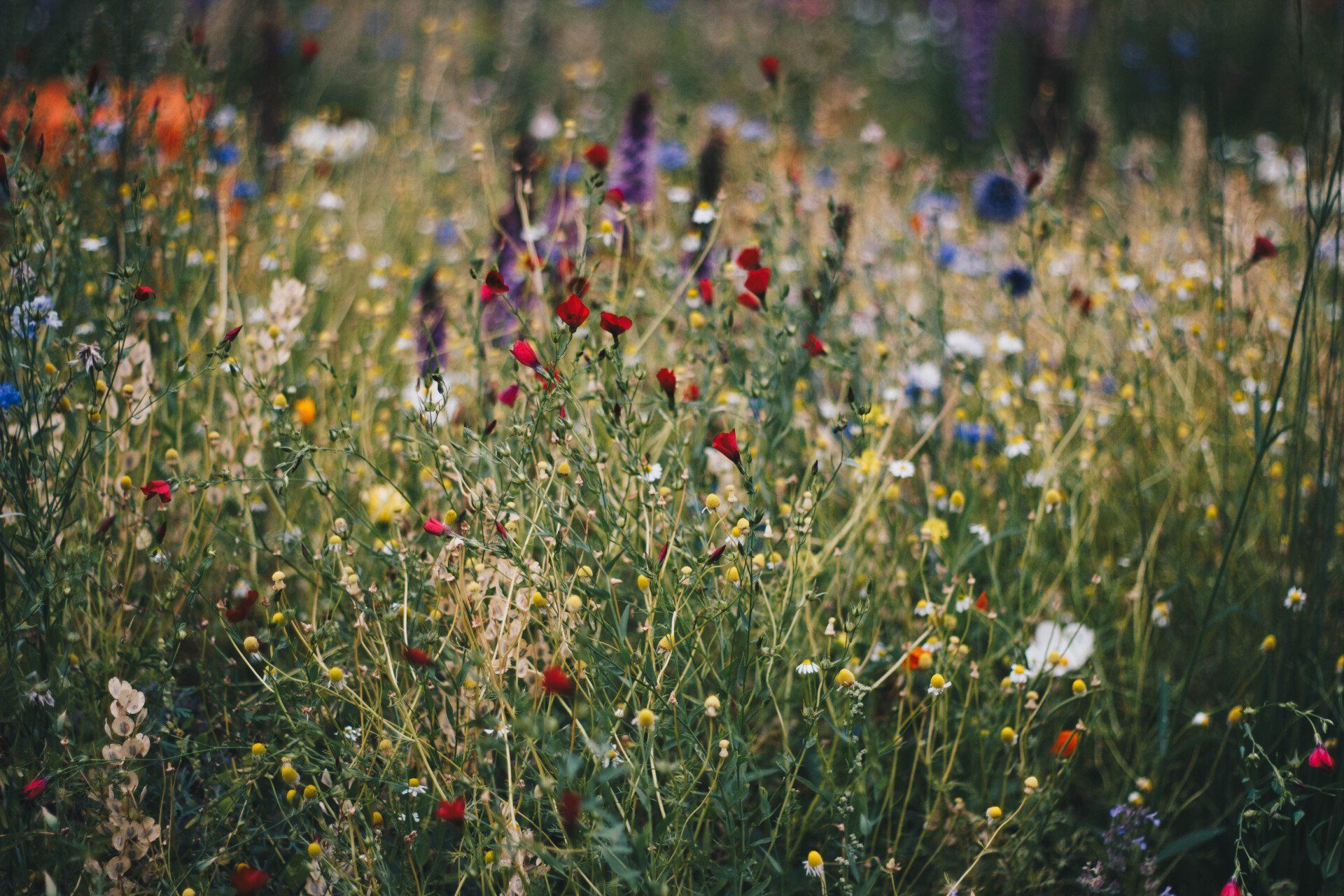

Contact
Savannah, GA, United States
By interacting with this company, I essentially agree to be contacted via SMS

